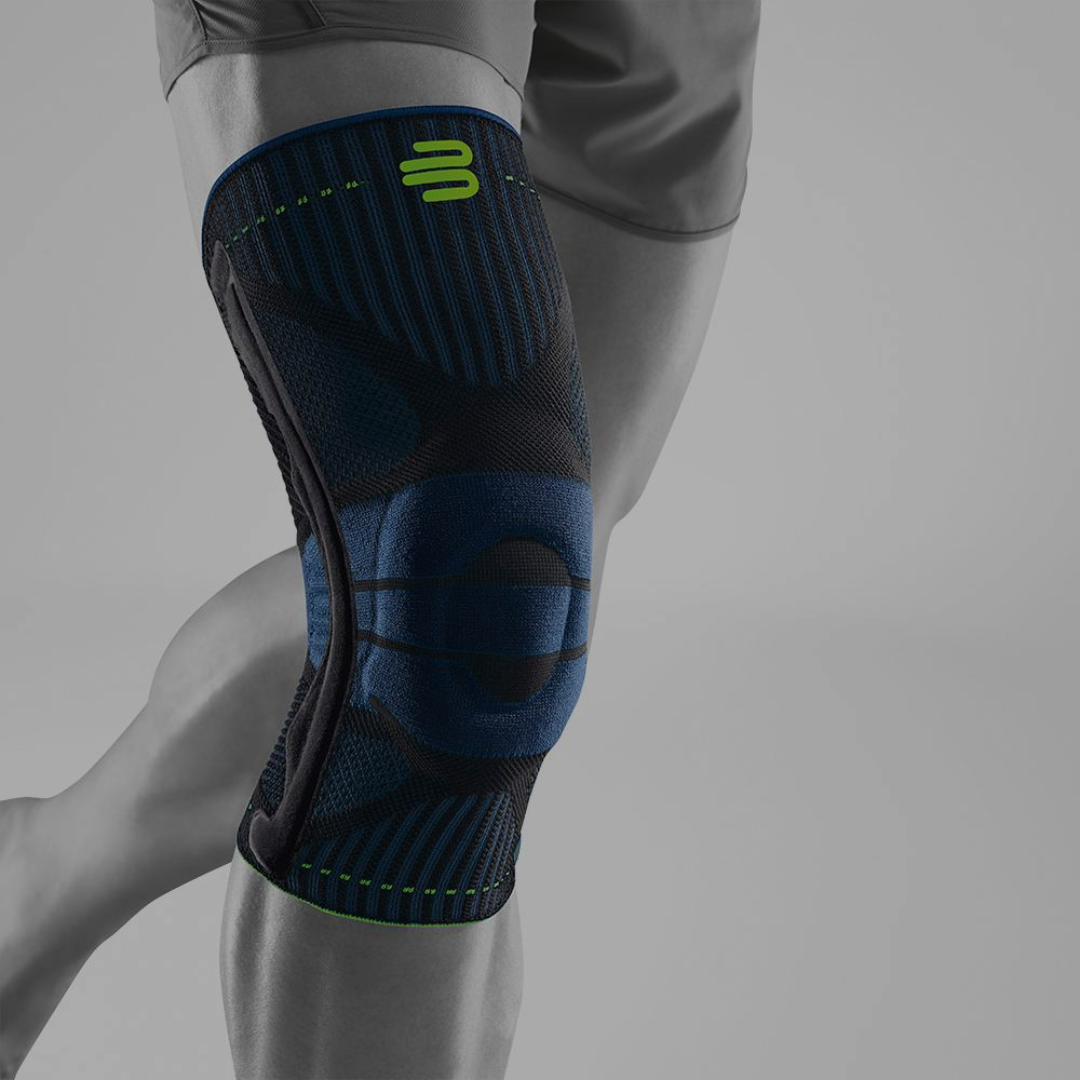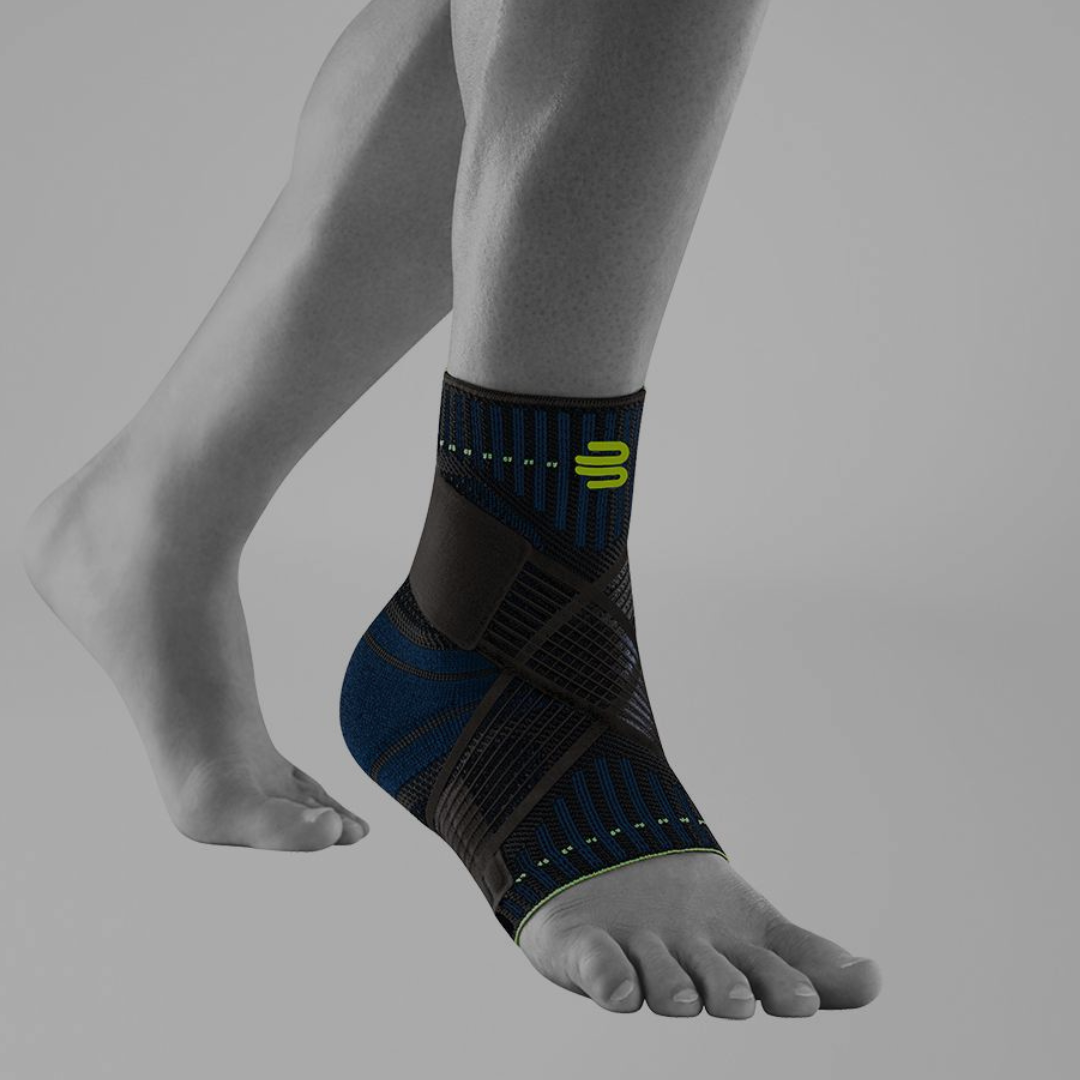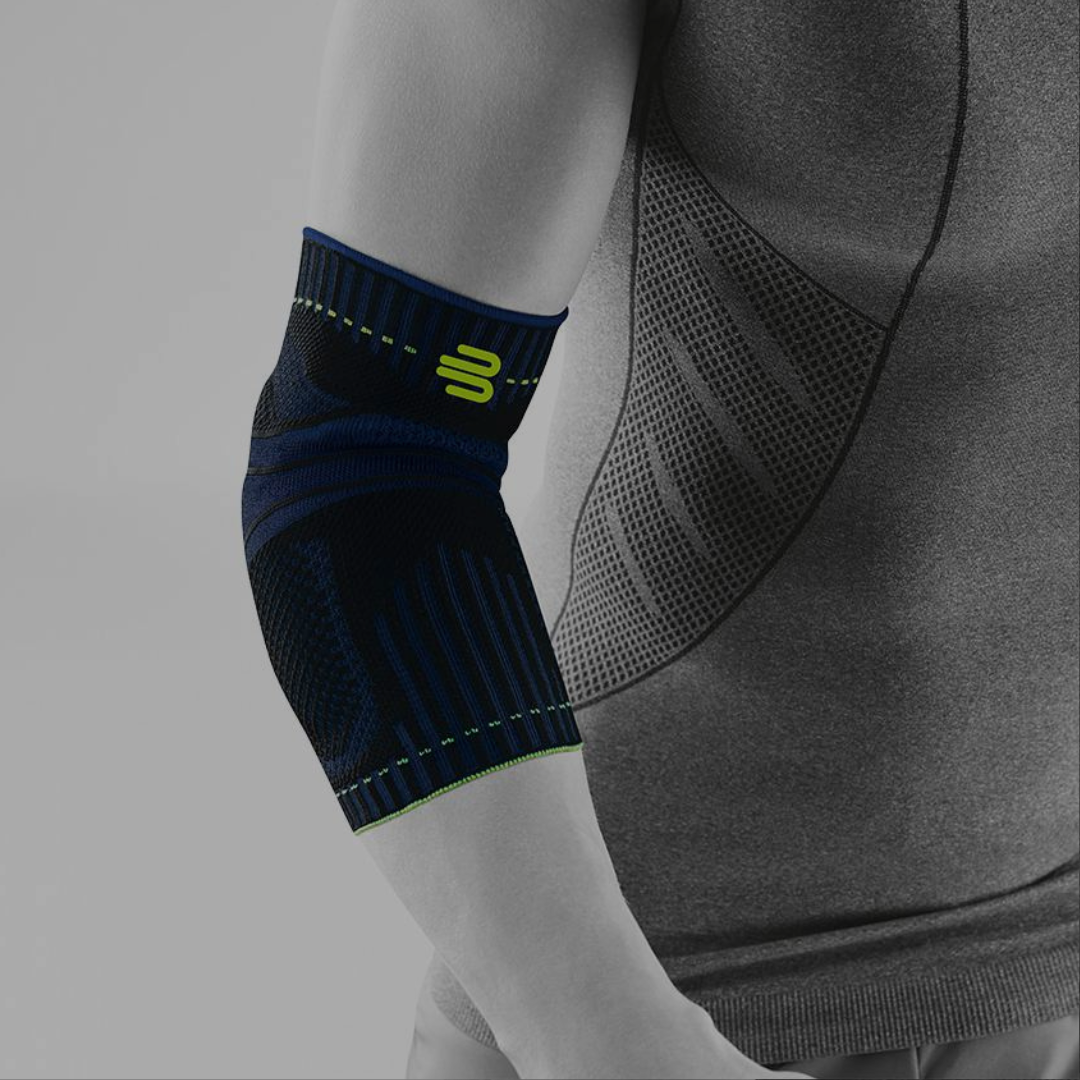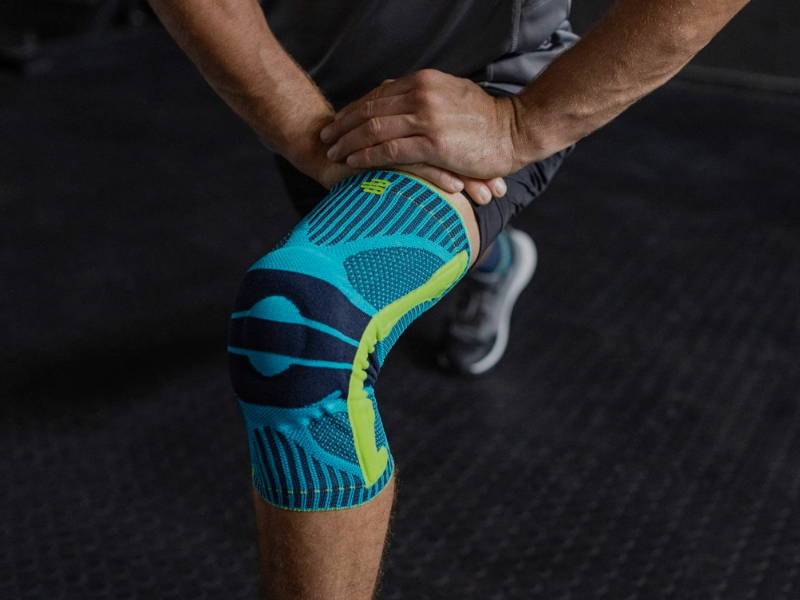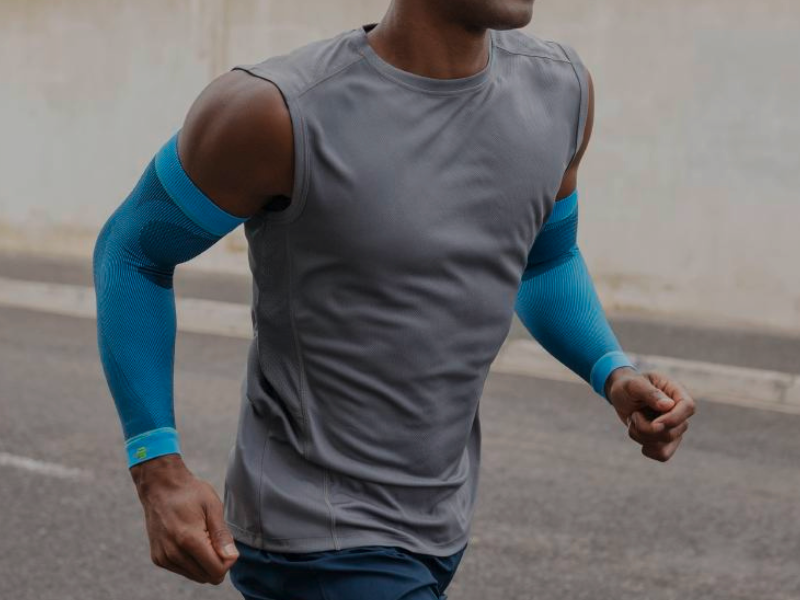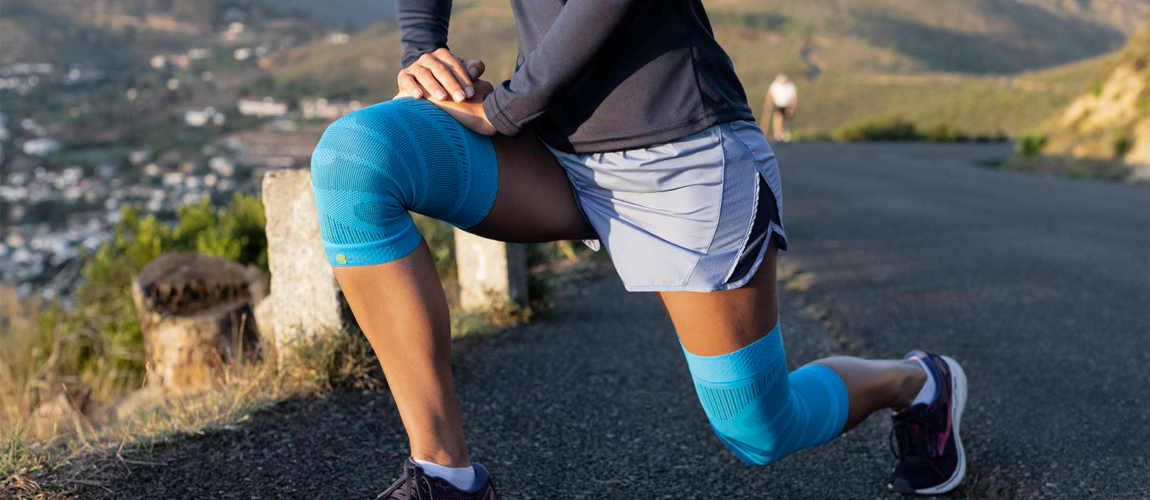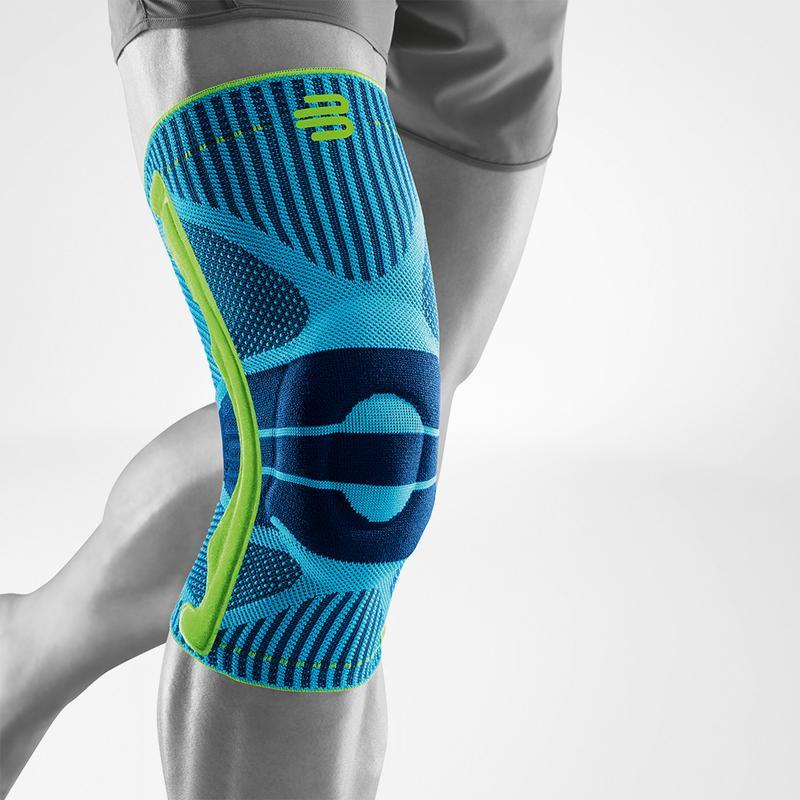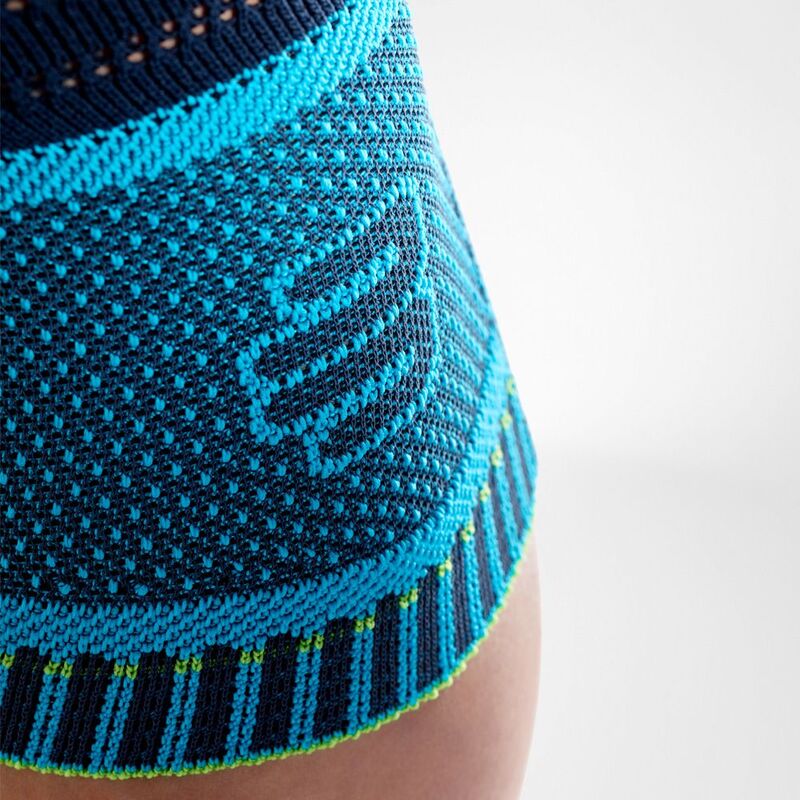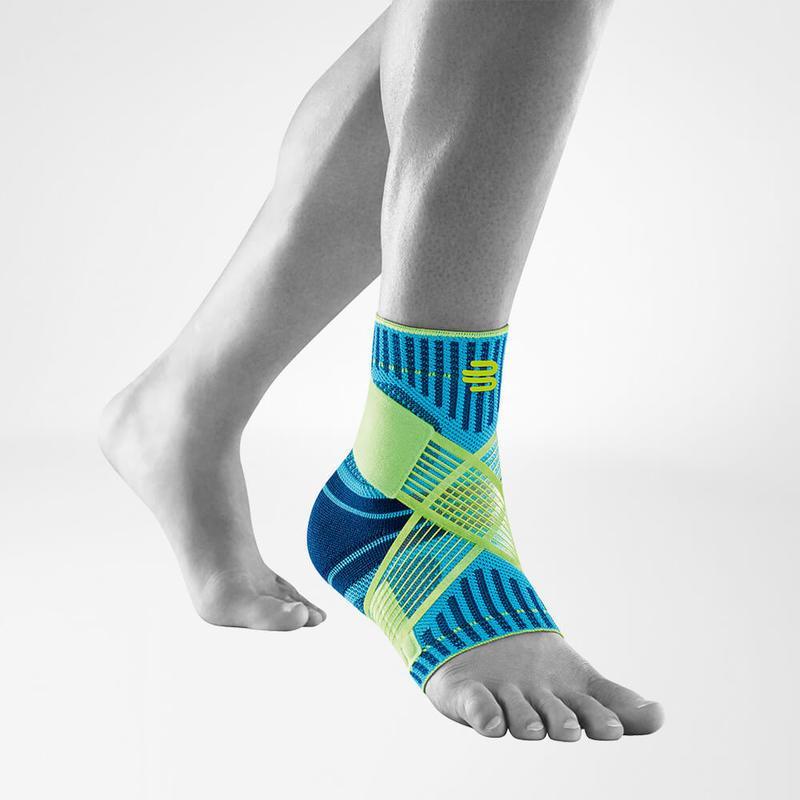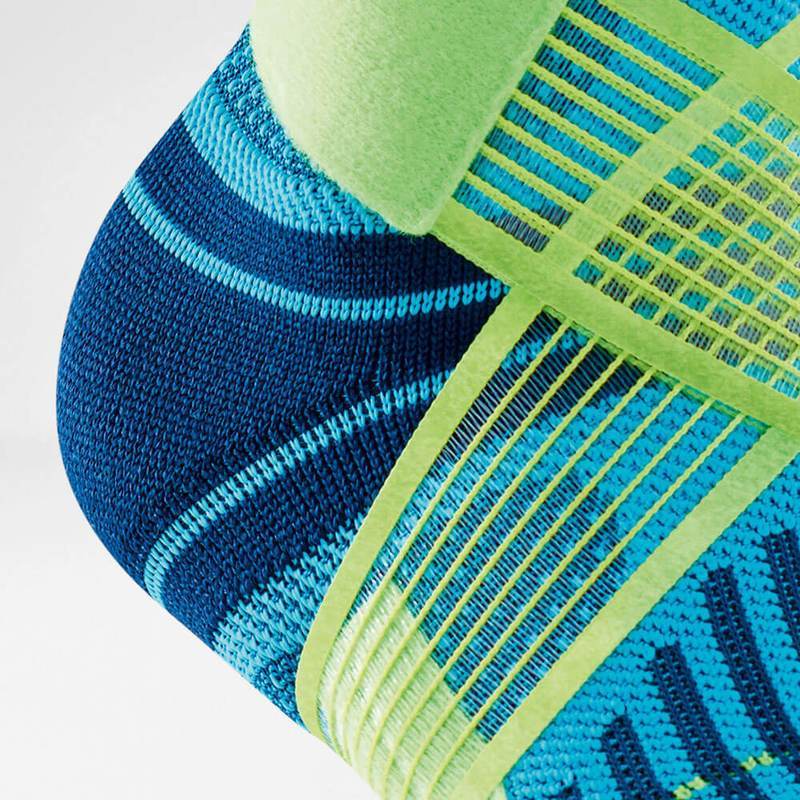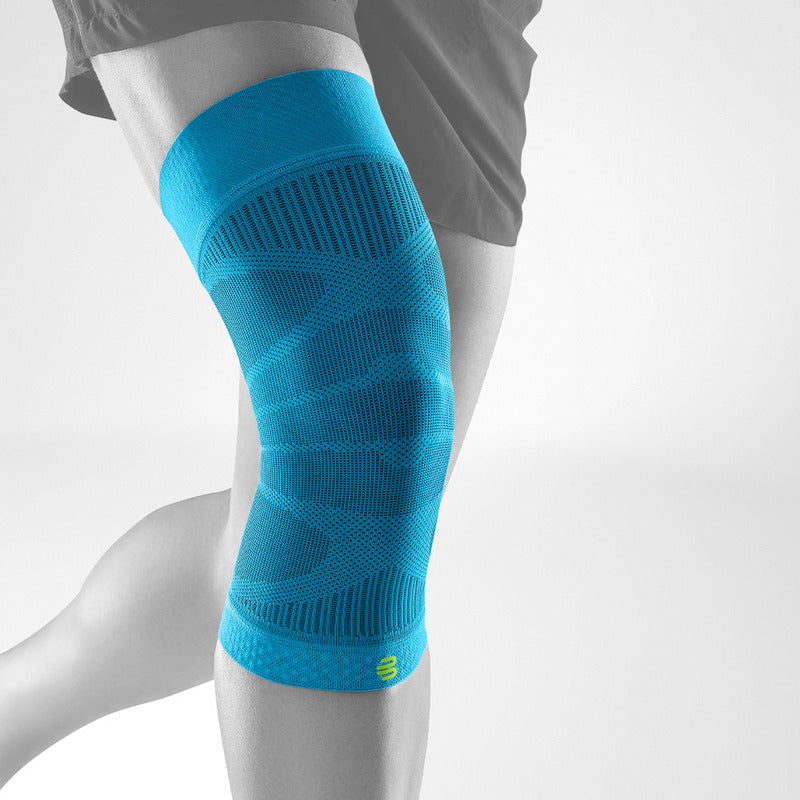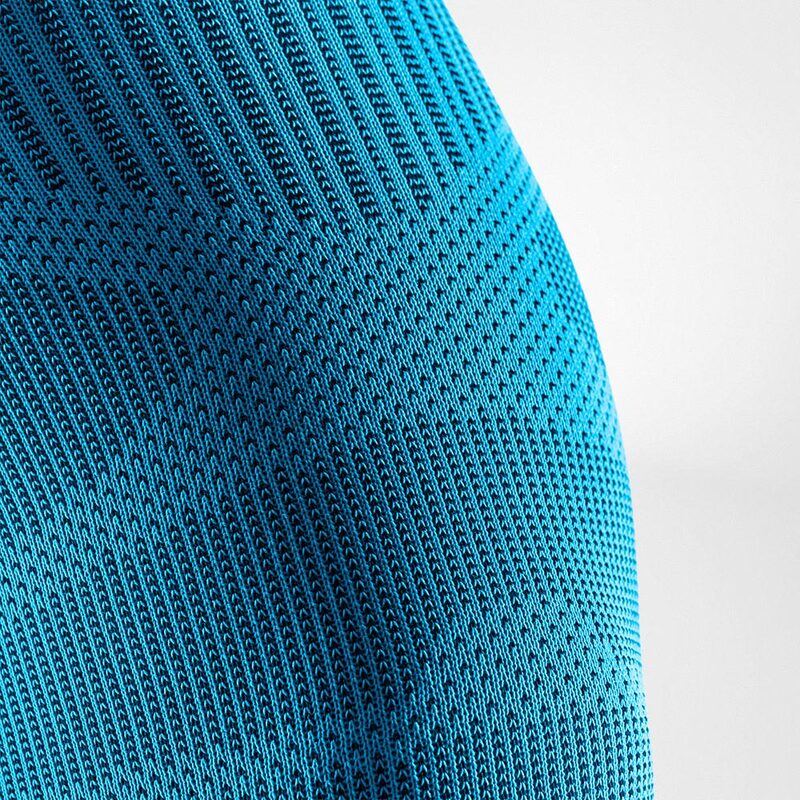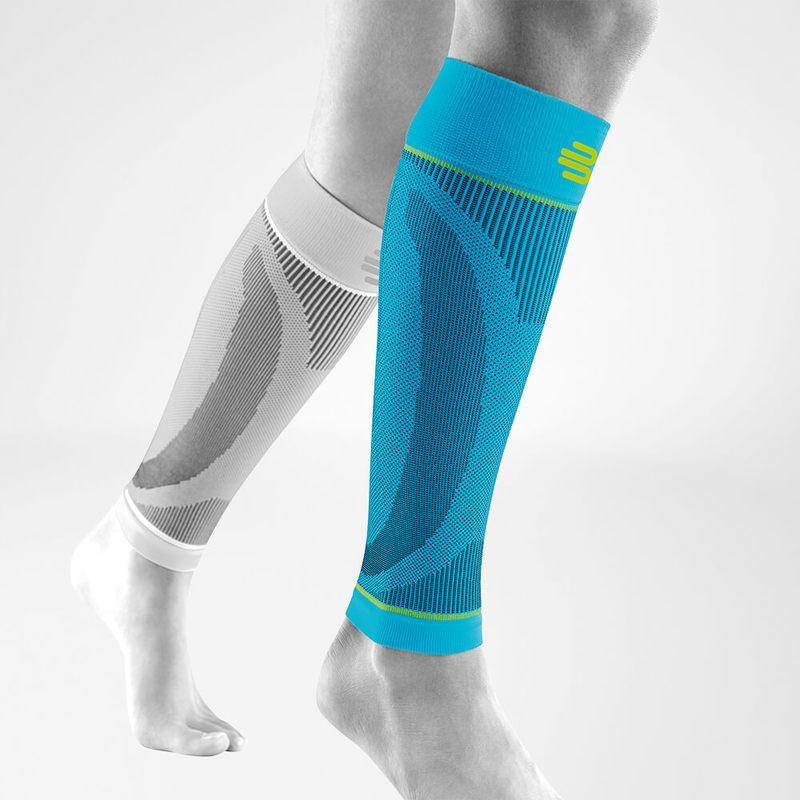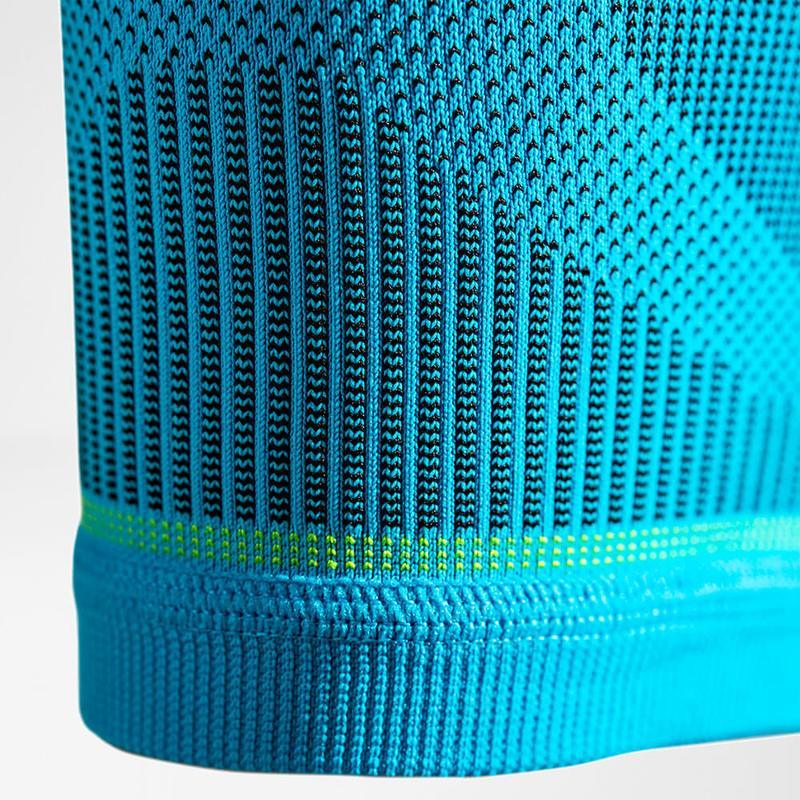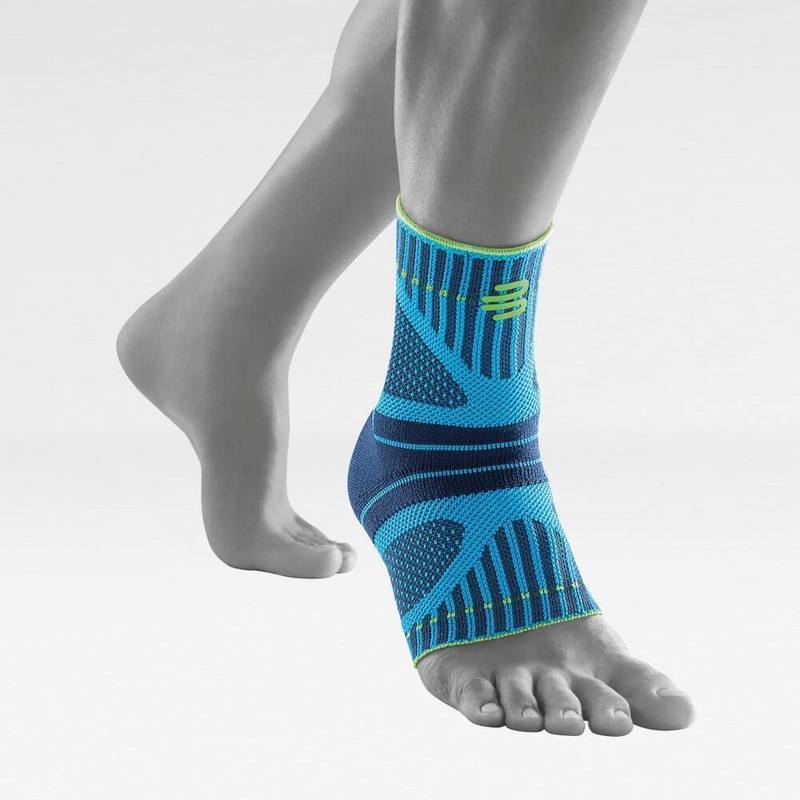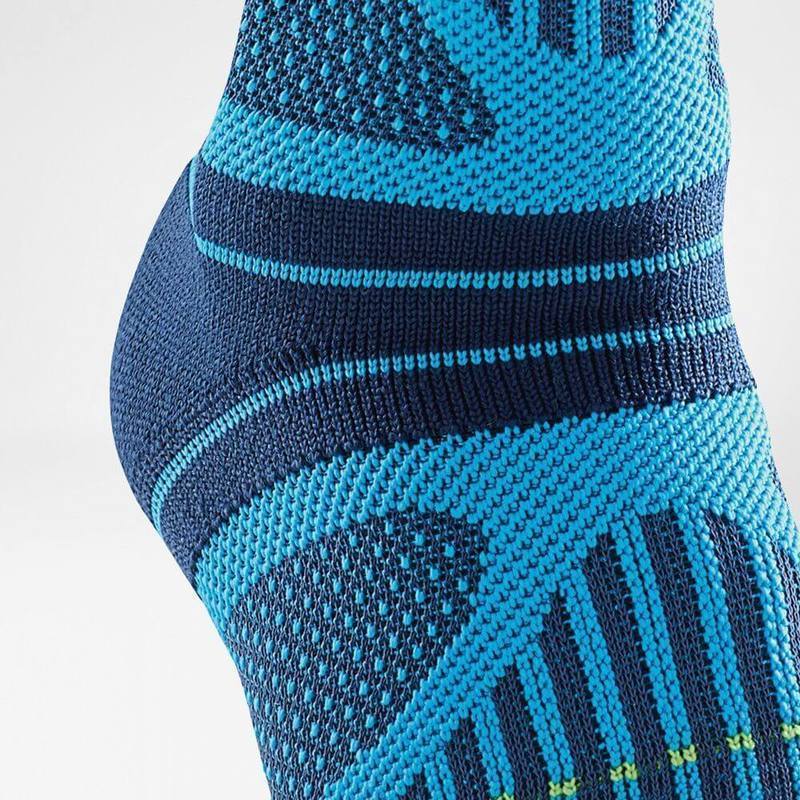Running is your life. Even rain and icy winds can’t stop you from getting outside and giving it your all. Unfortunately, at some point, most runners face a challenge that can seriously impact their motivation and performance: knee pain. Whether the pain occurs during or after the run – listening to your body and finding out the cause of the pain is incredibly important.
Pain in the knee - what exactly is the cause?
If you've already received a diagnosis or have an approximate idea of the cause of your pain, this section can provide you with some comprehensive information about some of the most common knee problems in runners: Runner's Knee
Runner's Knee Runner's knee is one of the most common complaints among runners. Here you can find out everything you need to know about symptoms, causes and treatment.
Learn More About Runner's Knee
 Patellar Tendonitis
Patellar Tendonitis Pain in the front or below the knee cap often indicates patellar tendonitis. Learn more about how it develops and what you should keep in mind when running if diagnosed.
Learn More About Patellar Tendonitis
 Inner Knee Pain
Inner Knee Pain Inner knee pain, typically below the knee joint on the inside of the lower leg, that occurs after jogging or during stretching – many runners have experienced this problem.
Learn More About Inner Knee Pain
 Pain In The Back Of The Knee
Pain In The Back Of The Knee When pain occurs in the back of the knee or calf, speculation soon follows as to how to treat it and get back to a pain-free run.
Learn More About Pain In The Back Of The Knee

"In order to improve your performance when running and to surpass your personal limit, you need a regular training plan with different intensities. Never forget that the recovery in between sessions is just as important as the training itself. The training is always destructive to your body; you will only be able to improve with the addition of recovery time. This way, you give power back to your muscles and help prevent injury.”
Anna and Lisa Hahner, Germany's fastest Marathon twins
Knee pain from running – what to do?
If running is causing you general pain in the knees, there are two main things to try to help the problem in the beginning: rest and cooling. First, try to locate the pain and cool the surrounding tissue with ice or a cool pack. It’s best if you wrap the ice in a thin towel so the skin isn’t damaged by the cold. Don’t cool your knee for too long; it's best to cool the joint for several periods a day for a maximum of 20 minutes at a time. Elevate your knee, if possible, and subject it to as little strain as you can. Sports supports and braces can also help by stabilizing your knee and stimulating the metabolism. If after cooling and rest the pain persists, remains the same, or worsens, visit a doctor to find the cause.
Why do my knees hurt when I run?
In addition to specific sports injuries, there are numerous factors that can contribute to knee pain. You can influence some of these factors yourself. Others require help. Below we have outlined a few common "problem areas" that contribute to knee pain:

Your shoes
As an experienced runner, you know how important decent running shoes are. If they don’t fit properly or don’t perfectly support your personal anatomy, knee problems will be inevitable. Even if you’ve found your favorite model – there’s no harm in getting a medical retailer to check whether it’s the right choice for you.
In addition, shoes don’t last forever. If you’re an ambitious and passionate runner, you will quickly rack up the maximum kilometers a running shoe can withstand before compromising on function. As a rule of thumb, running shoes should be replaced every 1,000 kilometers. However, this number is just a general guideline. Running style, intensity, and terrain are just some of the factors that influence the durability of your shoes. You should therefore regularly check whether your shoes are still doing their job.
Terrain
Uneven trails offer challenging running sessions – they can also be a real test for your knees. Knee pain is quite common when you’re running downhill because the load is much higher than on a level surface. Long routes on a laterally sloping surface are not good for your joints either. If you’re particularly prone to knee pain, you should avoid trails with changing elevation. And if part of your route does go downhill, it’s better if you take a smaller stride and more steps; this reduces the impact on your knees.
Your training
Do you feel that your current personal best is only a fraction of your real potential? Striving for improvement is great! But be careful that your enthusiasm doesn’t get the better of you. If you ask too much from your body, at some point it will not be able to keep up with the demand. It's also important to keep in mind that it’s not just the run that can be demanding – stressful periods in our lives or the after-effects of a cold will also zap your energy. You can prevent excessive strain by adjusting your training plan to suit your current state and fitness level. Increase the intensity of your training slowly and ensure you take appropriate breaks. An increase in ten percent training each week is the golden rule to follow in order to ensure you are not overdoing it. Most importantly: listen to your body and take warning signals seriously! Your muscles, tendons, and ligaments will be thankful.
Your physical build
Rigid or shortened muscles, primarily on the outside of the thigh, or weak pelvic stabilizing muscles can lead to pain in the knees and ruin your enjoyment of running. Different leg lengths and varying misalignments can also cause knee problems when running. The same is true for misalignments of the feet. If you feel the issue may be with your physical form, have your foot and leg position checked by an expert; typically these issues can be compensated effectively with insoles or bracing.

Finding a balance
You want to be running, ideally all the time – we can understand that. However, two other factors are just as important as the actual run itself: stretching and muscle development. Even if they seem tedious at times, they should be part of your mandatory routine. Stretching is important to prevent injuries because stiff calf and thigh muscles exert pressure on the knees which may cause pain. You can ensure better protection against injuries (and improved performance) by training the muscles at the front and back of the thighs. One leg is usually stronger than the other. You should therefore do strengthening exercises, such as squats, on one leg and then change sides. Otherwise, the stronger leg will work harder and the muscular imbalance will remain.

